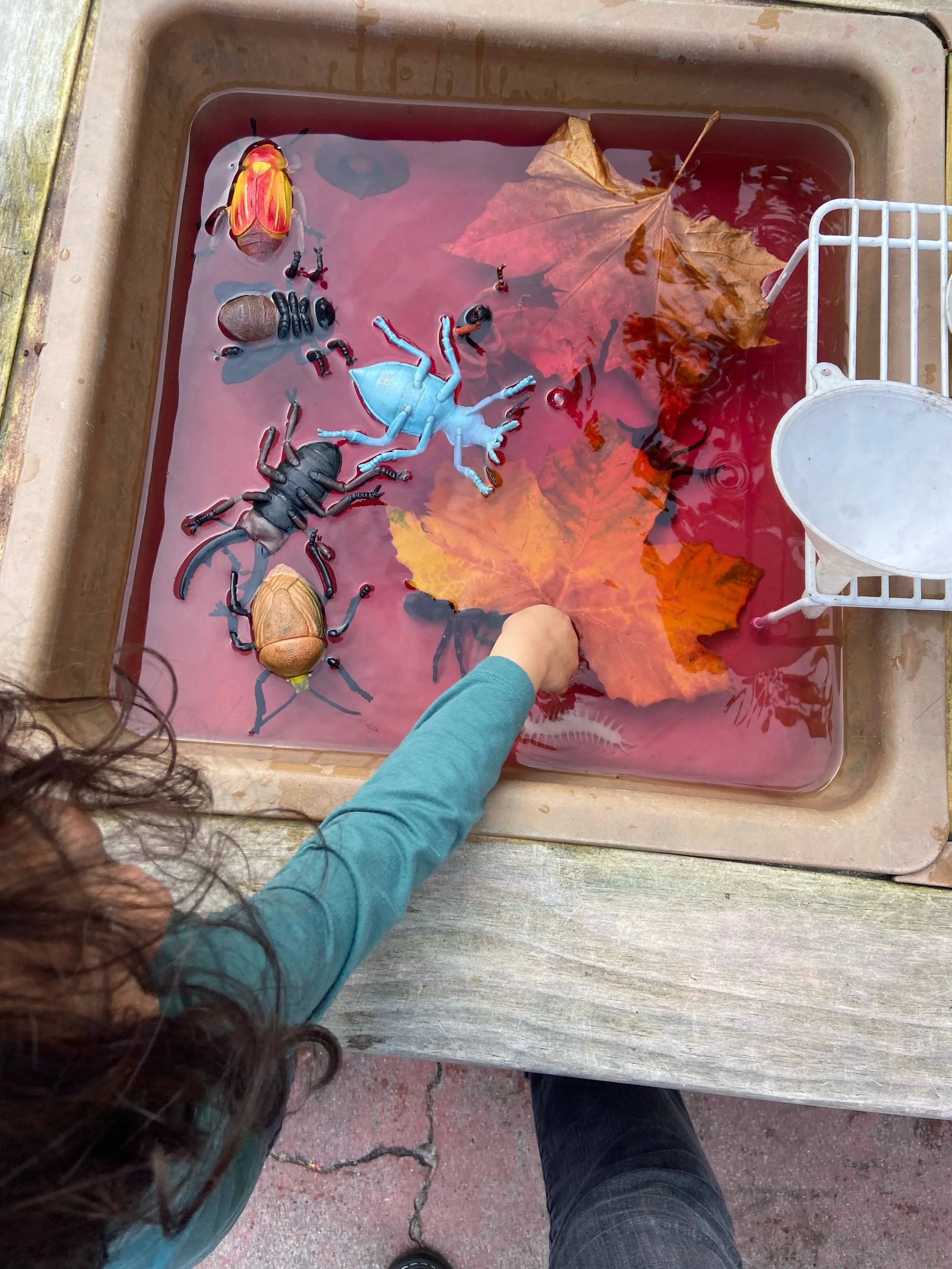By April Gaston, Interim Director
I came across an article titled, The Rise of the Accidentally Permissive Parent, the other week and it really had me reflecting on the “gentle parenting” movement. Depending on your interpretation of what gentle parenting means you may or may not see the connections to our approach here at Parker. Personally, while I believe in and utilize many of the tenets involved in what people often refer to as gentle parenting, I’ve never loved the use of the word “gentle” in this context. Maybe it’s the word itself or maybe it’s something else, but I’ve also noticed that the gentle parenting approach is interpreted so differently by different people. Which makes sense! But when these kinds of buzzwords are swarming all around us, especially in relation to something as important as raising young children, miscommunication feels like a hazardous by-product.
So for what it’s worth, I figured I’d share a couple of my thoughts on the topic. This aligns with the Parker way of thinking as well and hopefully helps you understand how we make sense of some of these things and how we implement them in order to best support young children’s developing emotional toolkit and healthy sense of self.
If we feel the need to slap a label on this way of treating young children with respect and with the goal of supporting their emotional well being, I prefer something more along the lines of “responsive parenting.” Even more, I like phrases such as “love and limits” or “validation plus boundaries,” the idea that all feelings are okay but all behaviors are not. This does not equal permissive parenting as the article title references.
What we’re really talking about here is honoring children as complete humans that are worthy of respectful communication while also acknowledging that their brains and nervous systems are not fully developed. In a sense, they need to borrow our more developed brains and nervous systems to help them regulate. This is called co-regulation and this is the path towards eventual self-regulation.
We want children to know that our love is unconditional, that no feeling is so big and scary that we will turn away from them. They are safe. That safety is what the nervous system needs to calm down. We want them to learn what to do when they feel sad or angry not that they can’t feel sad or angry.
So we try to do two things: provide love/validation and limits/boundaries:
Love and validation: “It’s okay to be angry. It makes sense to feel that way.”
AND
Limits and boundaries: “It’s not okay to throw blocks. I won’t let you do that.”
When you tip the scales too much and too often towards one side or the other, we get into the territory of permissive or authoritarian. When we remember to do both in a way that reflects each individual child’s unique temperament and needs, that’s where the magic happens. Connection increases. Cooperation increases.
So in invite you to explore where you land with these ideas. Maybe it means something different to you. How does it align with our family values? What feels different and new? What feels right? What doesn’t feel quite right? What works for our kid? What doesn’t?

